For decades, wetlands were treated like blank spaces on a map – places to drain, fill, and forget. But across the United States, a different story is unfolding, one of rivers reconnected, tides returned, and marsh birds winging back to places once written off. These rescues aren’t accidents; they’re the payoff from painstaking hydrology, patient habitat work, and communities willing to try again where the first attempt failed. Below are nine comeback stories that reveal how science, policy, and local grit can coax life from mud and memory. Together, they hint at a future where restoration is not an apology to nature but an investment in our own resilience.
Everglades, Florida: Replumbing a River of Grass
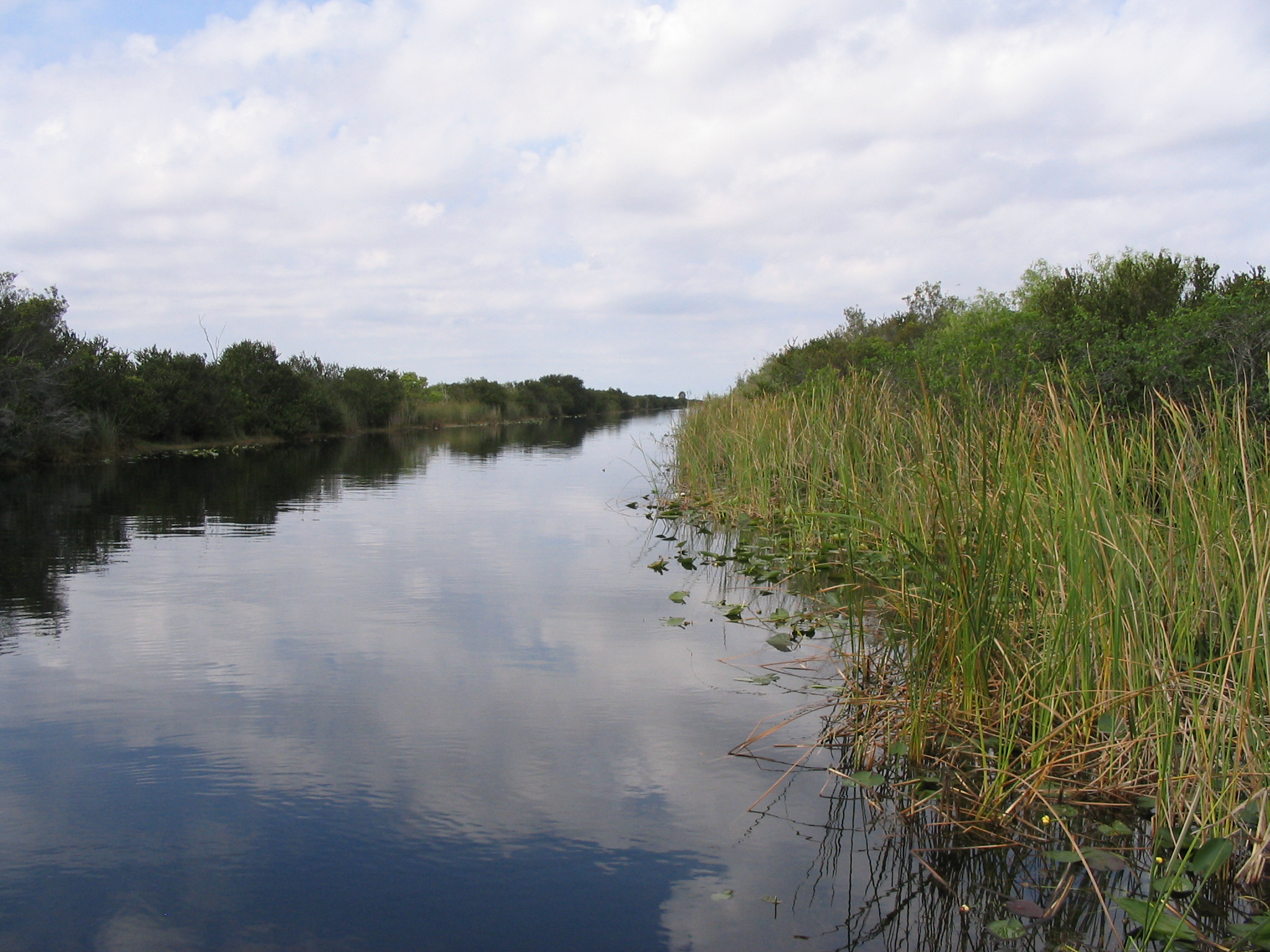
Engineers once carved canals through the Everglades to tame floods and grow cities, but they also throttled the sheet flow that defined this ecosystem. Today’s restoration flips that logic, using new bridges, reservoirs, and flowways to move water more like it used to. As seasonal pulses return, wading birds are finding fish again in newly inundated sloughs, and sawgrass prairies stay wet long enough to keep peat from burning. The big surprise is how quickly small wins add up – one rerouted culvert here, one raised roadway there, and an entire basin breathes easier.
There’s a human dividend, too: cleaner water flowing into Florida Bay helps fisheries that coastal towns depend on. I remember standing on a boardwalk as thunderheads stacked over Shark River Slough, and the first trickle after a summer storm turned the marsh from static to symphony. That’s restoration you can hear and feel.
Mississippi River Delta, Louisiana: Letting the River Build Land Again

South Louisiana’s coast has been slipping away as levees starved marshes of sediment and seas crept higher. New sediment diversions are attempting a radical fix – opening controlled gates that let the river feed the wetlands it created in the first place. Early stages show muddy plumes carrying grit into open bays where marsh can take root, a living antidote to subsidence. Brown pelicans and redfish benefit when vegetated shallows replace open water, and storm waves lose their punch across broad marsh platforms.
These projects are controversial because they shuffle salinity and livelihoods, but the ecological math is straightforward: without more sediment, there’s no wetland to save. Give the river room to work, and it starts paying back centuries of borrowed ground. It’s messy, dynamic, and exactly what deltas do best.
South Bay Salt Ponds, California: From White Crust to Green Tidal Marsh
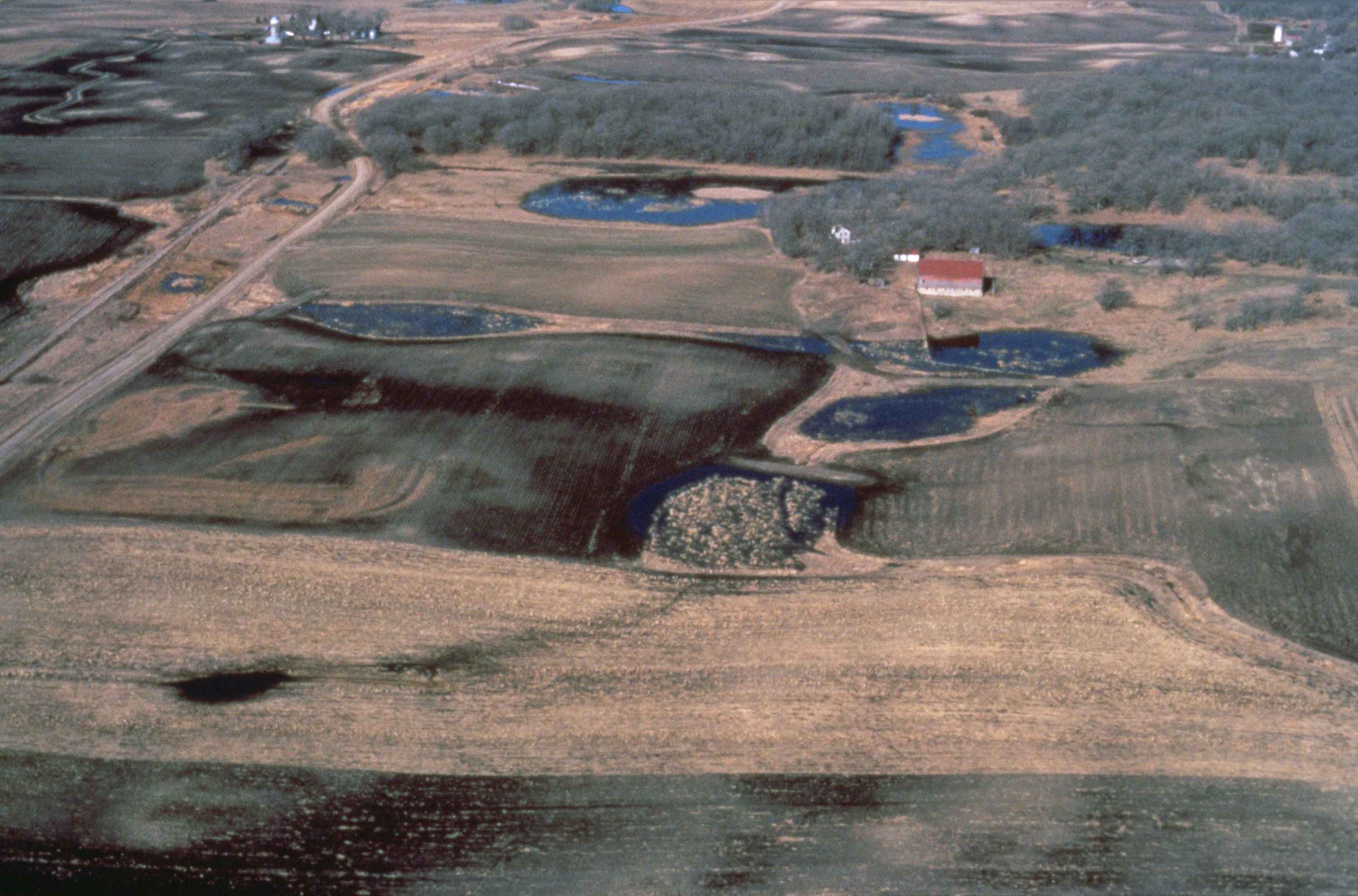
For more than a century, the southern arc of San Francisco Bay was a quilt of crystallizers and levees, bright as snow from airborne salt. Breaching those levees has let the tide return, inviting cordgrass, pickleweed, and invertebrates to recolonize. Shorebirds and waterfowl now raft by the thousands on ponds managed for habitat complexity, while other basins convert to high-functioning tidal marsh. The landscape shifts season to season, like a giant experiment in how fast nature will take a hint.
Restoration here doubles as climate infrastructure: new marsh attenuates waves, stores carbon in deep muck, and buffers communities from king tides. Watching an old dike give way is oddly thrilling – the Bay flows in, and the air smells like possibility. The transformation isn’t instant, but it’s visible, and that visibility motivates the next breach.
Nisqually Delta, Washington: Breaching the Dike, Rewriting the Tide
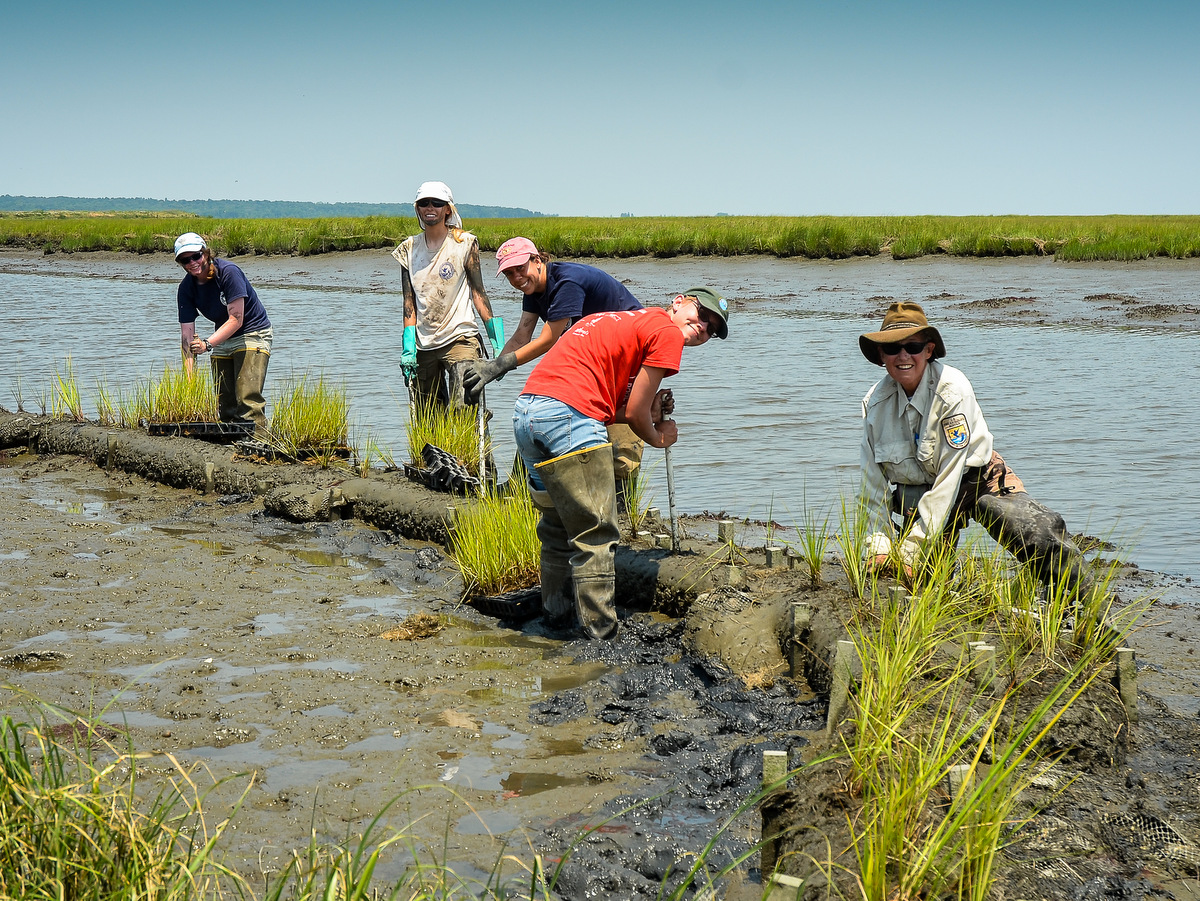
When dikes cut off the Nisqually River from its estuary, salmon lost critical nursery habitat and the delta subsided. Removing those barriers reconnected thousands of acres to daily tides, rebuilding channels and mudflats with each flood and ebb. Young Chinook now find a mosaic of shallow water refuges on their way to Puget Sound, while shorebirds probe expanses of soft sediment for prey. The river, freed to wander, lays down silt that lifts the marsh back into the zone where salt and fresh can co-exist.
What stands out is the speed of geomorphic change once you restore process rather than micromanaging outcome. You don’t plant a perfect estuary; you invite one. Each tide writes another chapter, and the delta reads like a comeback novel you can’t put down.
Herring River, Massachusetts: A Century-Old Tide Returns

Cape Cod’s Herring River was shackled by a dike in the early twentieth century to keep “bad air” and mosquitoes at bay, strangling a vast salt marsh. The current restoration is reopening tide gates in phases, allowing salt water to filter back and wash out acidity that poisoned soils and creeks. Eelgrass and marsh grasses are creeping into former peat flats, and river herring once blocked by undersized culverts are finding passage. As salinity stabilizes, sulfuric smells fade and the food web rebuilds from plankton up.
The project is a master class in patience and adaptive management, with water levels dialed in to protect neighbors while giving the marsh room to heal. It’s proof that even century-old mistakes can be unwound, one careful turn of the tide at a time. The place is living history, but the lesson is decidedly modern.
Jamaica Bay, New York: Marsh Islands Against the City

Wedged between runways and high-rises, Jamaica Bay’s marsh islands eroded rapidly after a century of dredging and nutrient overload. Crews rebuilt them with clean dredged material, stitched with native grasses and designed to withstand wake and storm chop. The result is an archipelago of living breakwaters that also host rails, herons, and terrapins on summer nights. With every season, the stitched seams knit tighter as roots anchor sediment and creeks evolve into sinuous fish nurseries.
This is urban ecological engineering done with humility – using marsh to do what marsh does, rather than forcing a seawall to pretend. New Yorkers get quieter water, cleaner coves, and the joy of ibis silhouettes at dusk. It’s a reminder that wildness can hover right at a subway’s last stop.
Prairie Pothole Region, Upper Midwest: Bringing Back the Duck Factory
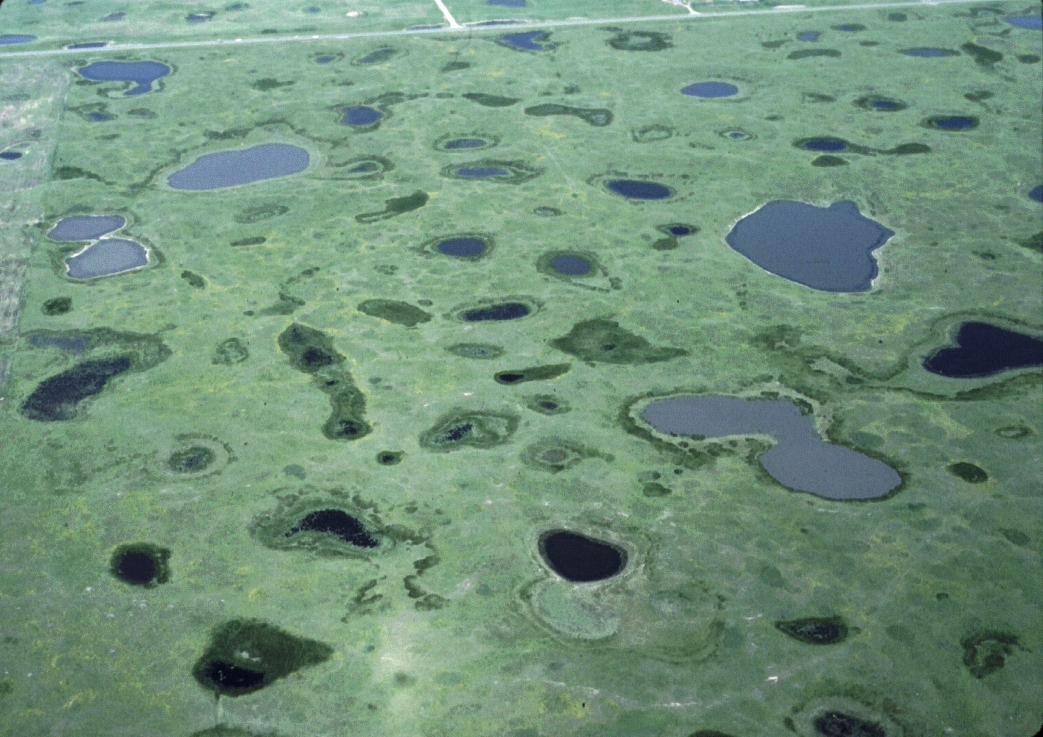
Glaciers left a million dimples across the Dakotas and Minnesota, and settlers later drained many of them to farm. Restoration here often looks like the opposite of construction: plug a tile, fill a ditch, and watch a wetland reappear in one season. Waterfowl respond quickly – hen mallards scout the first new puddles, and invertebrates bloom from seed banks asleep for decades. Grass buffers around potholes keep runoff out and broods safer from predators.
What’s elegant is the cost-benefit curve: small actions across many acres can yield big gains in nesting success and flood storage. Landowners who enroll in easements keep working landscapes intact while letting the potholes do their job. On spring mornings, the soundscape of peepers and pintails makes the case better than any graph.
Great Dismal Swamp, Virginia–North Carolina: Rewetting a Carbon Giant

Centuries of ditching dried this vast peatland, making it vulnerable to wildfire and turning a carbon sponge into a carbon source. New water control structures and strategic ditch blocks are raising the water table, rehydrating peat so it compacts less and resists ignition. As water returns, Atlantic white cedar regeneration is possible in pockets, and black bear and migratory songbirds find cooler, wetter refuges in heat waves. The project also reshapes the fire regime, trading catastrophic burns for manageable, patchy events.
The climate implications are outsized: wet peat stops breathing carbon so fast, and every inch of water is a win. You can smell the difference after rain – the forest swaps dust for earthy sweetness. In a warming world, soggy is a virtue.
Lake Erie’s Western Basin, Ohio: Wetlands as Filters and Fish Nurseries
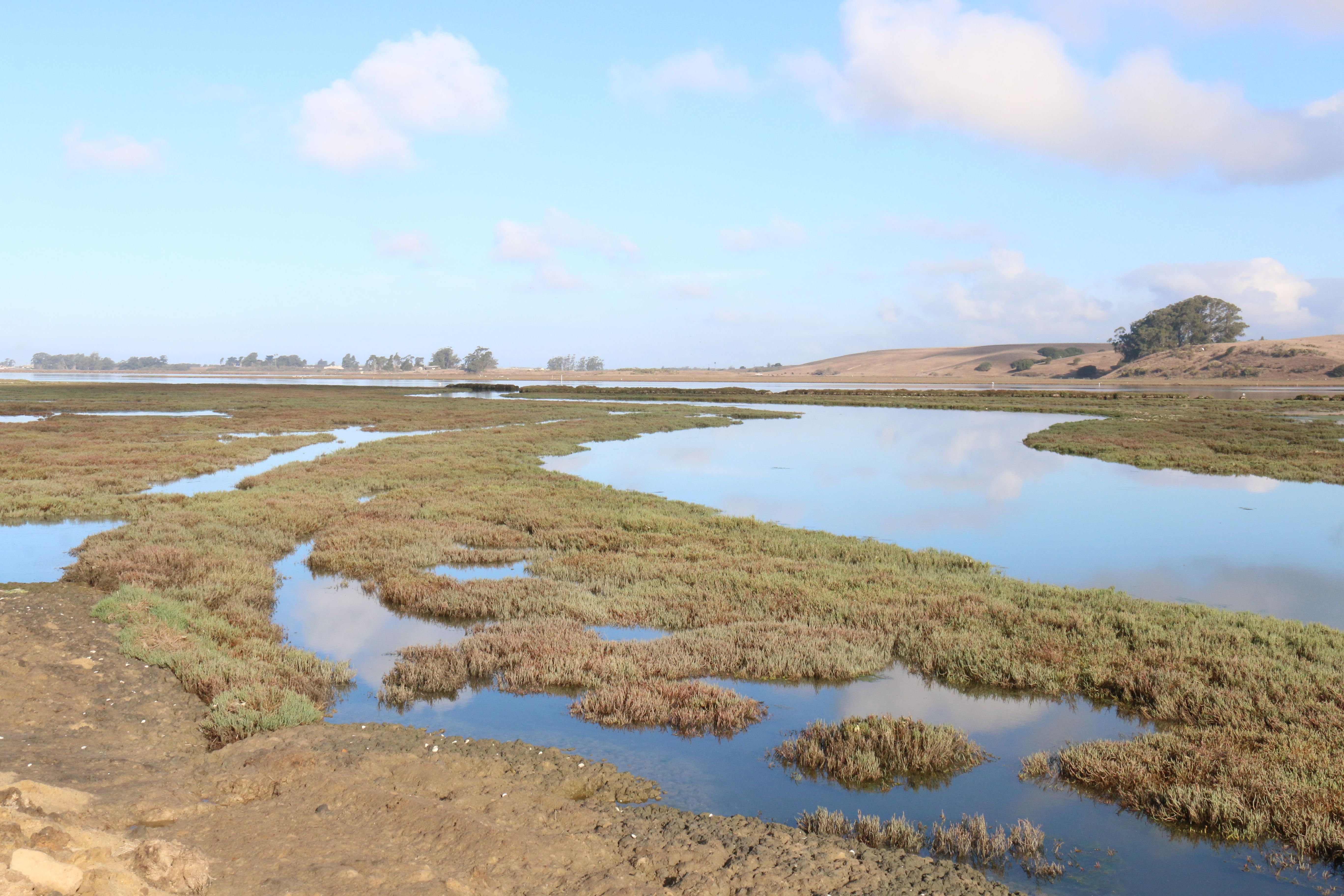
Farms and cities send nutrients down the Maumee, fueling harmful algal blooms that shut beaches and stress fisheries. Ohio’s surge of coastal wetland projects – reconnected floodplains, constructed marshes, and retired fields – intercepts that flow before it hits the lake. Wetland plants and microbes strip nitrogen, trap phosphorus in sediments, and release cleaner water downstream. Meanwhile, young perch and bass shelter among stems where waves once scoured bare shoreline.
These are pragmatic, measurable fixes: acres restored translate to pounds of nutrients retained and fewer bloom days in late summer. The side benefit is a boom in birding and paddling in places once written off as industrial backwaters. When water clears, communities see their reflection and double down.
Atchafalaya–Wax Lake, Louisiana: A Delta That Builds Itself
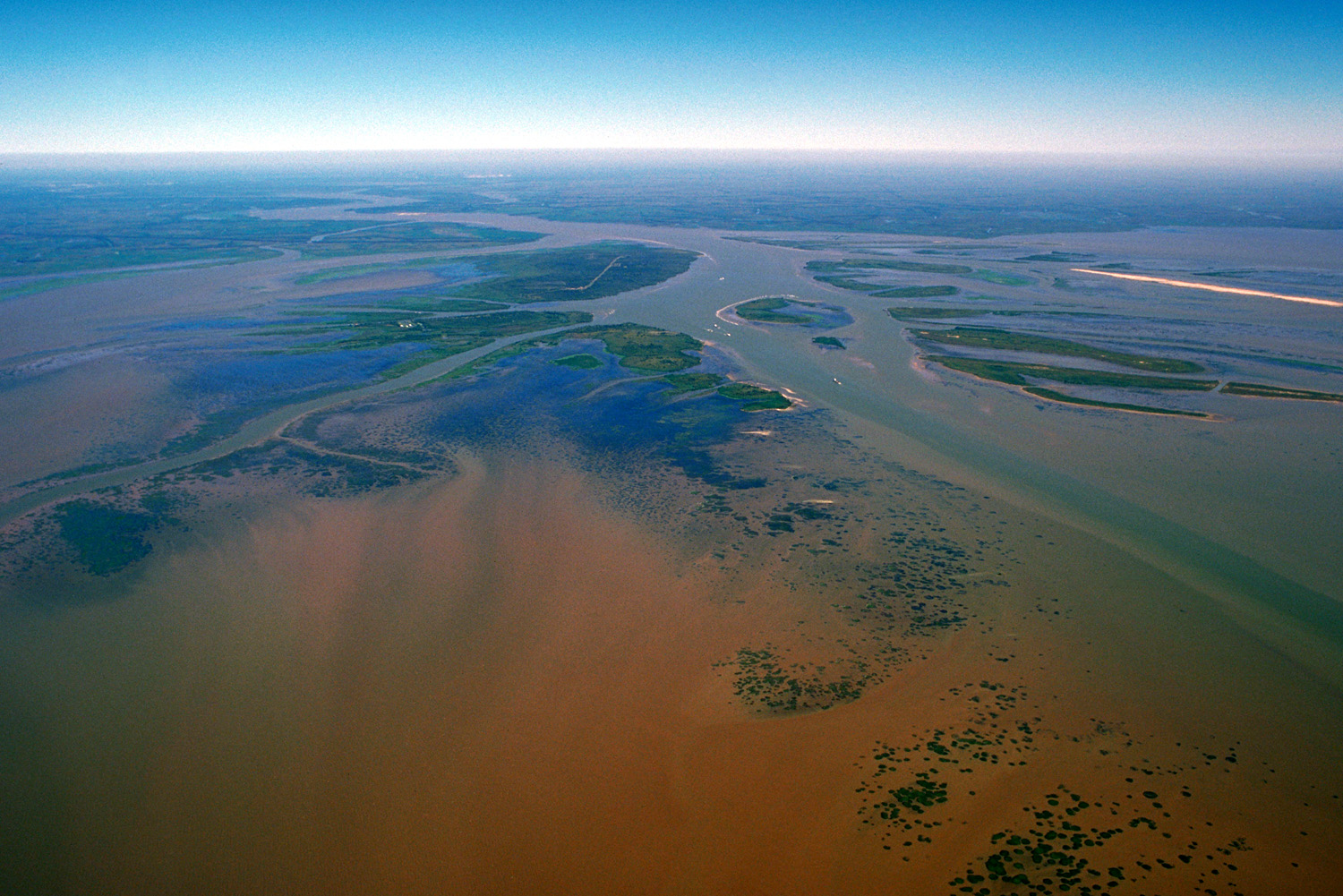
Unlike much of the Gulf Coast, the Atchafalaya and its sibling Wax Lake Delta have room to wander and drop sediment, creating fresh marsh and mudflats every year. Managers lean into that natural engine, protecting distributary channels and allowing seasonal floods to sculpt new land. Freshwater plants colonize first, followed by shrubs and willows that stabilize banks and trap more silt. Fish and shrimp move along the branching creeks, and pelicans roost on emergent bars that didn’t exist a decade ago.
It’s a living laboratory for restoration by process, showing what happens when a river isn’t corseted at every turn. The lesson travels: where you can, step back and let deltas behave like deltas. Growth by the acre is slow in a spreadsheet, but astonishing when you stand in the current.
Nine places, nine proofs that wetlands aren’t relics – they’re solutions hiding in plain sight. They blunt floods, cool heat, stock fisheries, steady shorelines, and store carbon in mud richer than any vault. The next chapter will test how fast we can scale what works, from rural potholes to urban marsh islands, while honoring local needs. If these stories stir you, support a land trust, volunteer for a plant-out, push for nature-based flood projects, and pay attention to the quiet work of water where you live. Which of these turnarounds did you least expect – and where should the tide return next?

Suhail Ahmed is a passionate digital professional and nature enthusiast with over 8 years of experience in content strategy, SEO, web development, and digital operations. Alongside his freelance journey, Suhail actively contributes to nature and wildlife platforms like Discover Wildlife, where he channels his curiosity for the planet into engaging, educational storytelling.
With a strong background in managing digital ecosystems — from ecommerce stores and WordPress websites to social media and automation — Suhail merges technical precision with creative insight. His content reflects a rare balance: SEO-friendly yet deeply human, data-informed yet emotionally resonant.
Driven by a love for discovery and storytelling, Suhail believes in using digital platforms to amplify causes that matter — especially those protecting Earth’s biodiversity and inspiring sustainable living. Whether he’s managing online projects or crafting wildlife content, his goal remains the same: to inform, inspire, and leave a positive digital footprint.




